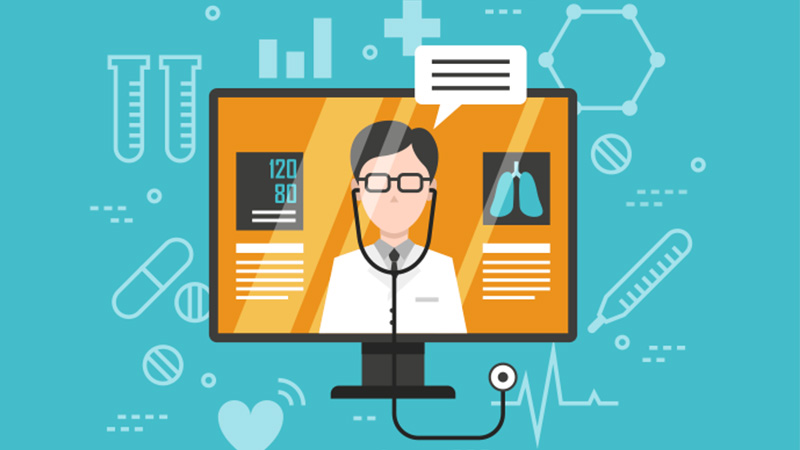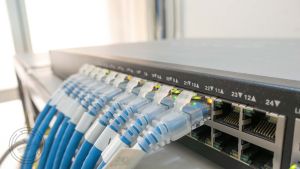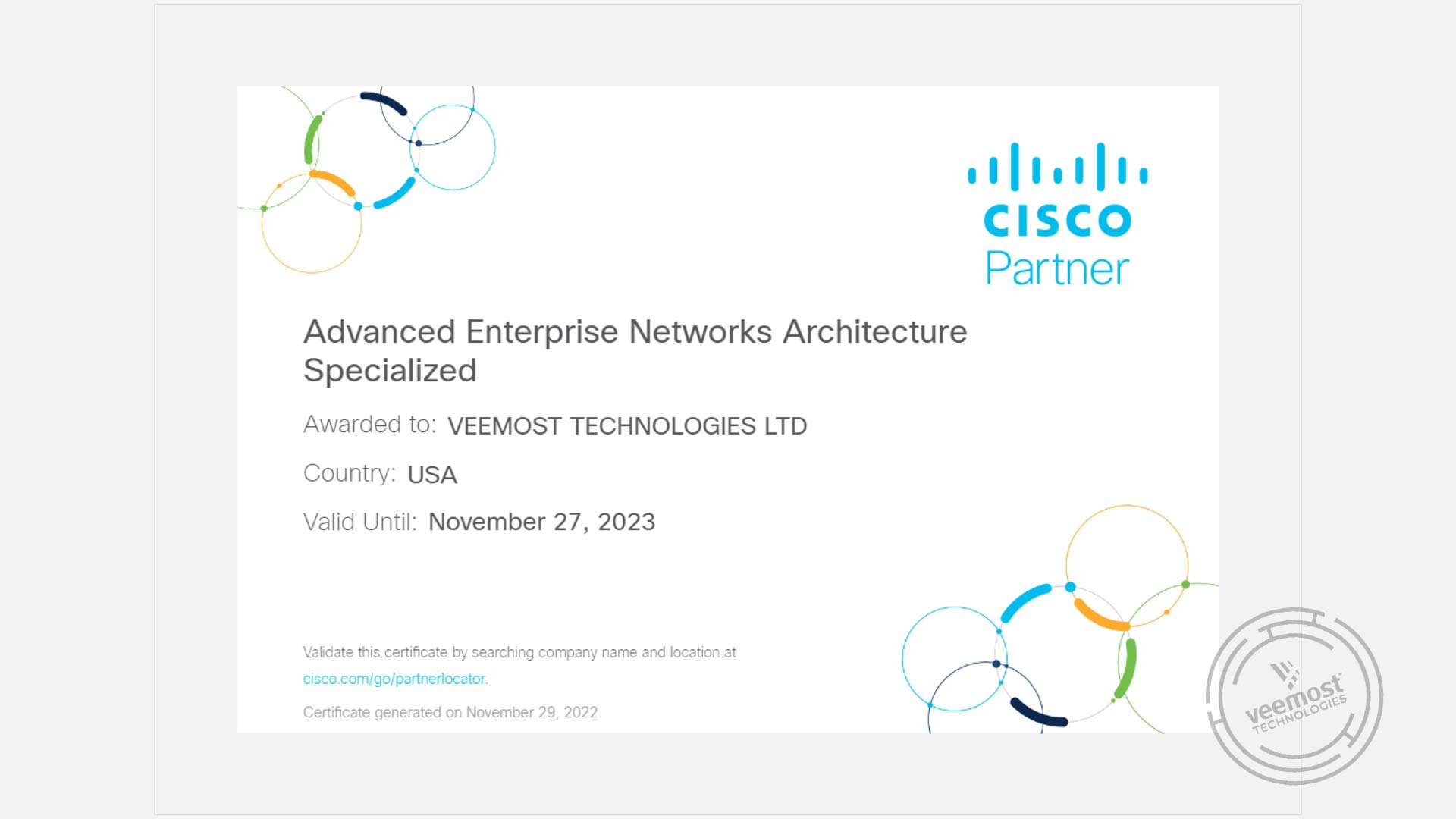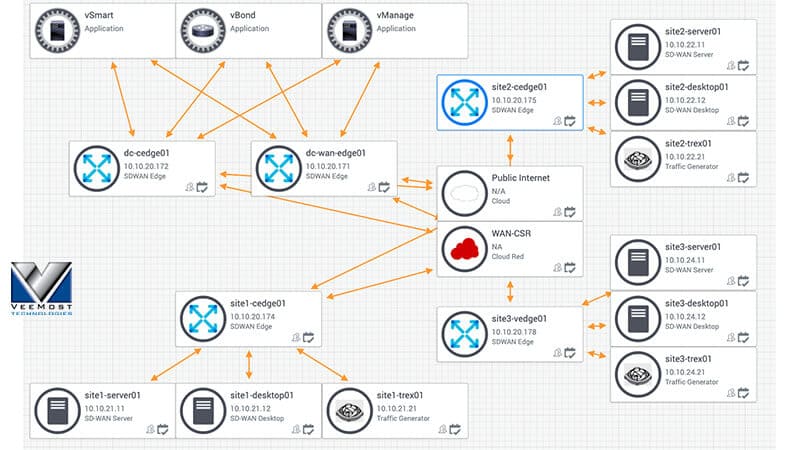This week, I’m excited to be surrounded by over 45,000 healthcare focused friends from over 90 countries at the Healthcare Information and Management Systems Society (HIMSS) conference in Orlando, Florida. Everyone here has one shared goal in mind: to learn, to collaborate, and to innovate in order to transform their healthcare processes with technology. I feel honored to be surrounded by people with such big hearts, working together to service the world.
The tradeshow floor has been abuzz with conversations about sensors, video, Wi-Fi, and mobility tools. From my view, the most talked about solution this week has been Telehealth- what it is, how it can work, and how to get it adopted.
Telehealth includes all kinds of solutions that allow patients to remotely manage or receive healthcare services. Some of these solutions include technology that helps doctors communicate with patients through messaging, and let patients manage their upcoming appointments through text message. Others, include powerful use cases where video has helped patients receive the specialist care they need faster than if they transferred to a different hospital.
Dr. David McSwain, Interim Chief Medical Information Officer of Medical University of South Carolina, shared a story at HIMSS about how his team of brain specialists was able to save a young girl’s life by providing specialty, remote instruction to a smaller hospital, where the young girl was initially admitted. Through coaching over Telehealth, the regional non-specialized doctor was able to stabilize her before transferring hospitals, preventing a time-sensitive death. In situations where time is of the essence, quick care over videoconferencing can make the biggest difference in someone getting the treatment they need.
Since there’s such incredible collaboration technology booming, how do you get people to starting using it?
Dr. Julie Hall-Barrow, Vice President of Virtual Health and Innovation of Dallas Children’s Medical Center and Telehealth innovator, shared at HIMSS how she has been implementing Telehealth solutions to connect specialists across multiple locations. She shared that her medical center has had little trouble to get patients to adopt and be open to Telehealth care. She’s seen that patients are so eager to get the care and information they need quickly, that they are excited to work with the latest technology solutions.
Having the idea to get started with Telehealth is the first right step, but I learned that it’s crucial to plan your technology strategy in a way that will see the best adoption by healthcare practitioners. The clinicians will be the main consumers of your Telehealth choices, so the solutions should work like they do. It’s crucial to choose the right technology provider that can help you implement solutions in a way that fits in their existing workflows. As new clinicians are hired, they’ll be taught that the new way of medicine is the way they best can work, and can often be your champions of adoption. At Cisco, we’re working on adoption tools and solutions that can help you get your clinicians on-board with Telehealth by proving the value to all healthcare employees (stay tuned).
Aligning your clinician adoption strategy with your leadership’s expectations is crucial. You can do this by planning a way to measure improved customer satisfaction and bottom-line savings. Because doctors are trained to only change their practice based on evidence, it’s also important to share proven data of Telehealth’s success so that they see the value too. Dr. Julie Hall-Barrow suggested planning your Telehealth processes based on your top 3 most profitable services. Additionally, she said Telehealth should be planned for your top 3 most mission-driven (and sometimes cost-sinking) activities that could be improved. Finding the necessary balance where improving healthcare experience while reducing operational costs is the sweet spot Telehealth enables.
My favorite quote of the week was when Dr. Julie Hall-Barrow said on stage “We will have a real WIN when we stop talking about Telehealth and Telemedicine, and just start talking about care, the best care.” Telehealth allows healthcare providers to treat patients more like consumers, by offering all the best possible healthcare solutions, in the ways they want and need to receive them. Regardless of how care is best delivered, I’m grateful for the doctors I learned from this week and the way they are revolutionizing the speed and quality they can deliver amazing healthcare.
Source: blogs.cisco.com Credit@ Suzanne Phillips











